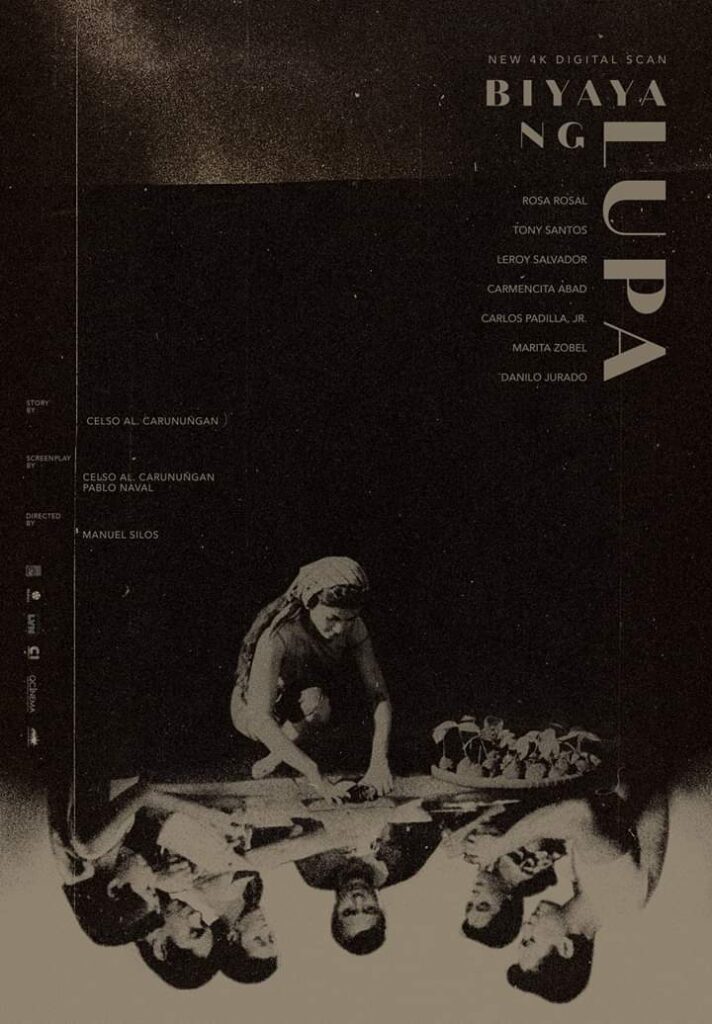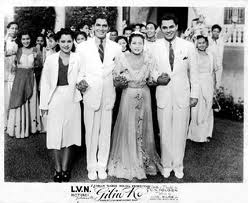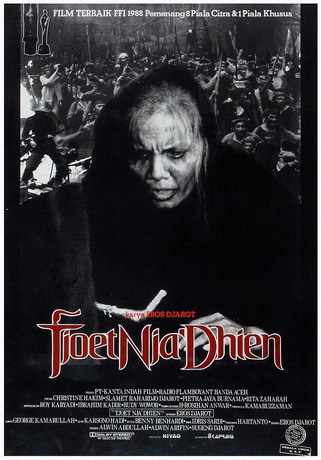Restored Asian Films
Biyaya ng Lupa [Blessings of the Land]
Film Synopsis
Maria and Jose begin their married life by establishing a countryside orchard of lanzones. They soon have four children, namely Miguel, Arturo, Angelita, and Lito. They live happily in the community, until Bruno comes along; he is a widower believed to have killed his own wife. Bruno wants to remarry and courts Choleng, a niece of Jose. Choleng dies by falling from a cliff while trying to evade Bruno. Bruno goes to the mountains to hide from the angry villagers, then returns and rapes Jose’s daughter, Angelita. Together with the villagers, Jose pursues Bruno but is shot by the latter.[3]
Jose’s son, Arturo, goes to Manila, while Jose’s other son Miguel (the deaf and mute) courts Gloria, a woman in the village. Arturo returns from Manila accompanied by a woman from the city. Arturo succeeds in convincing his mother, Maria, to mortgage the rice fields before going back to Manila.[3]
A landowner from another town hires Bruno to destroy the lanzones harvest of Maria’s family. Bruno and his group fail because of the villagers. Miguel kills Bruno. Arturo comes back from Manila and reconciles with his family.
Film Details
Alternate Titles: Blessings of the Land
Language: Tagalog (Filipino)
Original Production Country: Philippines
Original Release Year: 1959
Original Elements Held By: ABS-CBN Corporation
Original Distribution Company: LVN Pictures
Production Company:
Executive Producer: Doña Narcisa B. de Leon
Producer: Doña Narcisa B. de Leon
Director: Manuel Silos
Writer: Celso Al Carunungan and Pablo Naval
Cinematography: Remegio Young
Editor:
Sound:
Sound Editor:
Music/Score: Juan Silos Jr.
Narrator:
Other Credits:
Aspect Ratio: 1.33:1
Colour System: B/W
Colour Process:
Duration: 112mins
Restoration Details
Status: Released
Country Where Restored: Philippines
Country Restoration First Screened: Philippines
Lab Image Restored By: ABS-CBN Corporation and Central Digital Lab
Lab Audio Restored By: Wildsound Studios
Archive Partner(s) in Restoration: ABS-CBN Corporation, LVN Pictures, and Cinema One
Restored Elements Held By: ABS-CBN Corporation and LVN Pictures
Restoration Funded By:
Restoration Premiere:
Restoration General Release Date: 17 October 2019
Screening Rights Held By: ABS-CBN Corporation
BD/DVD Release:
Genre
Drama



